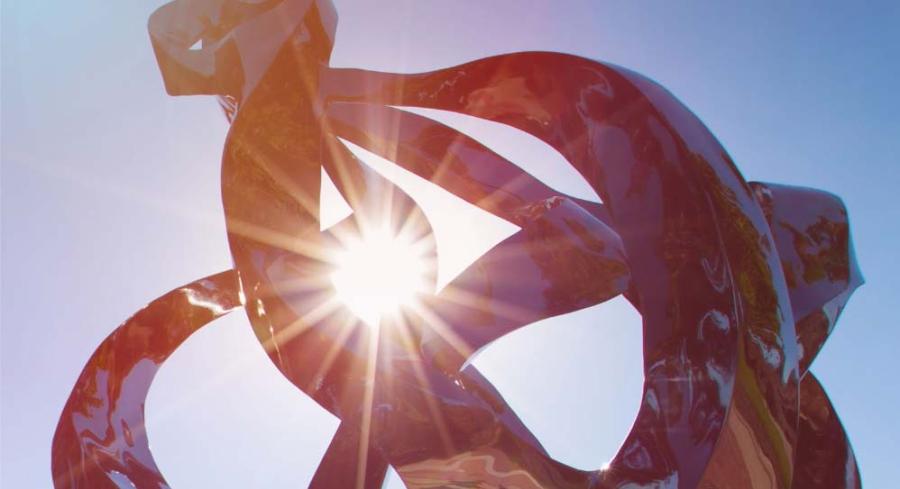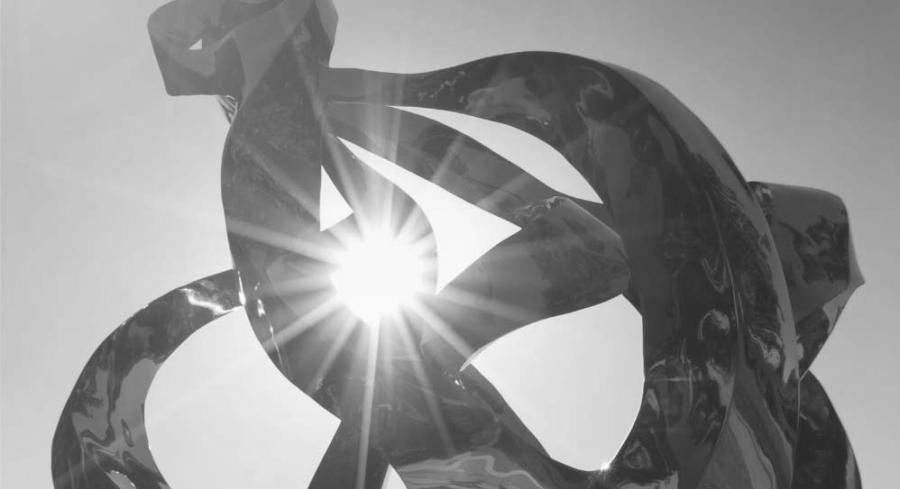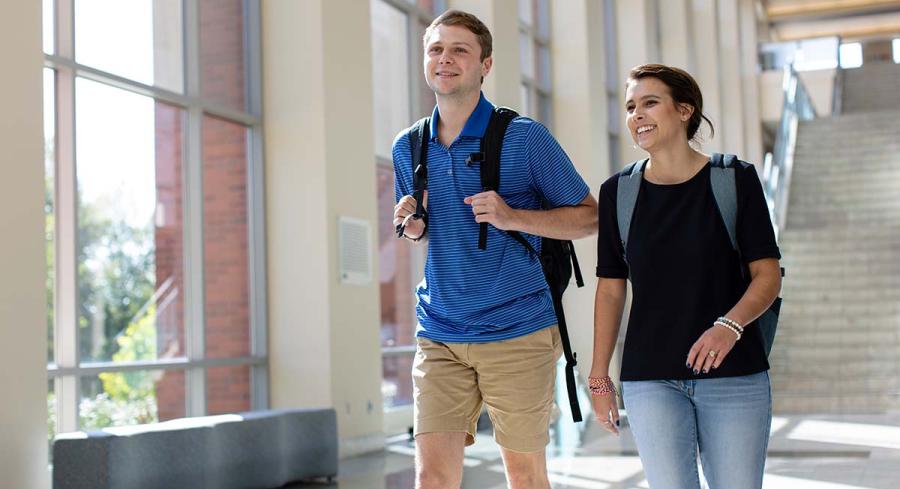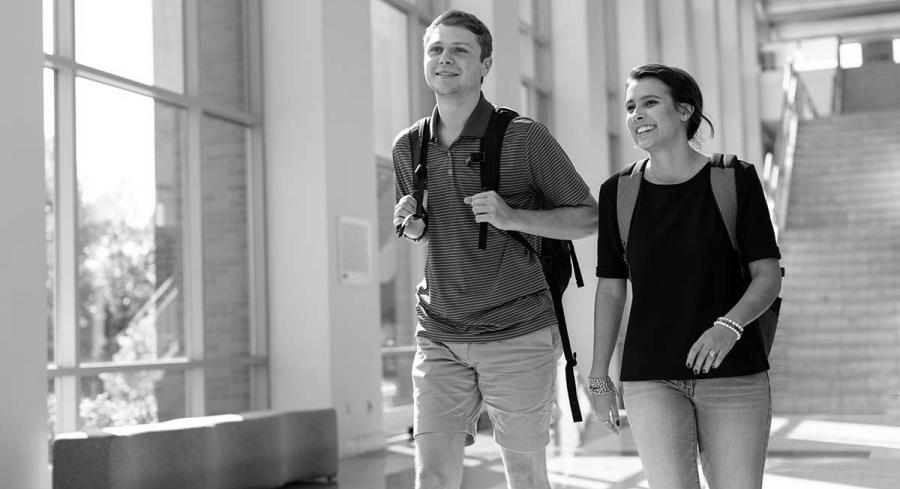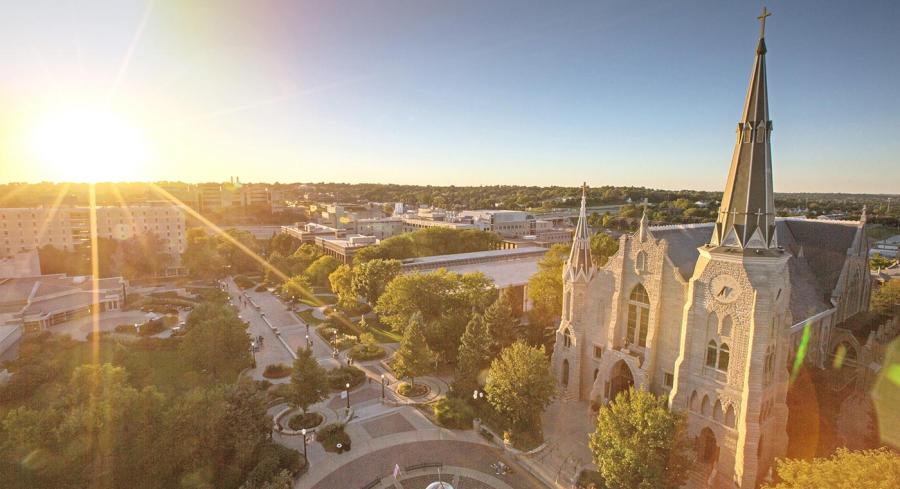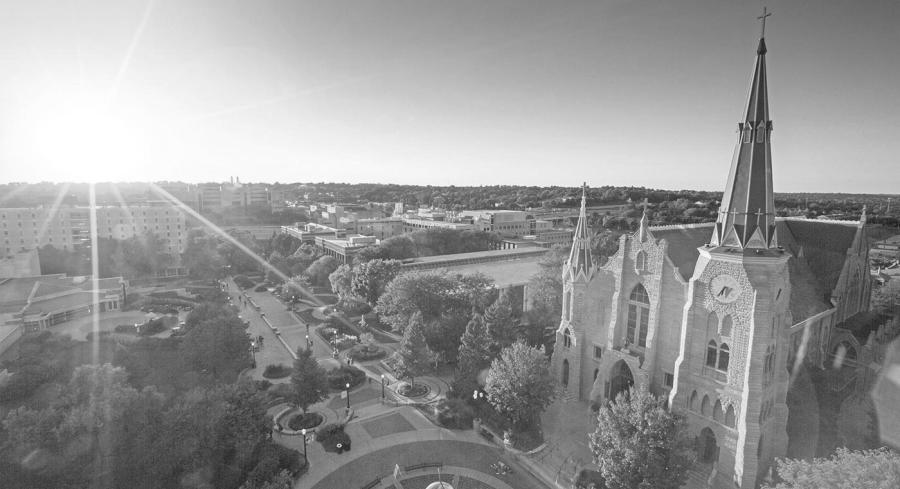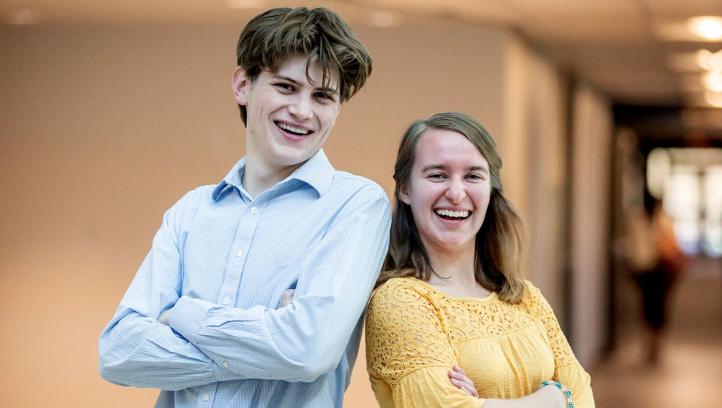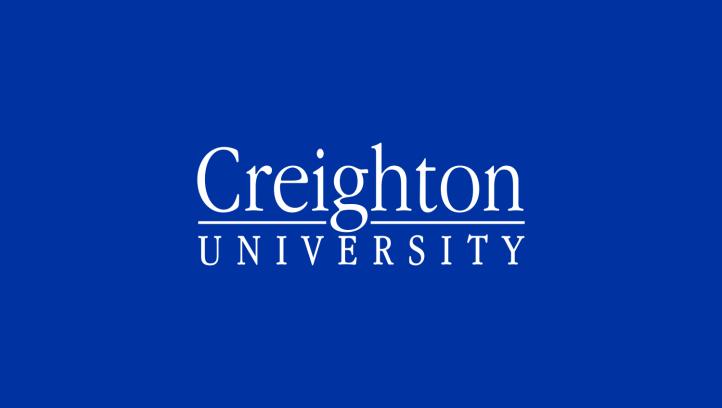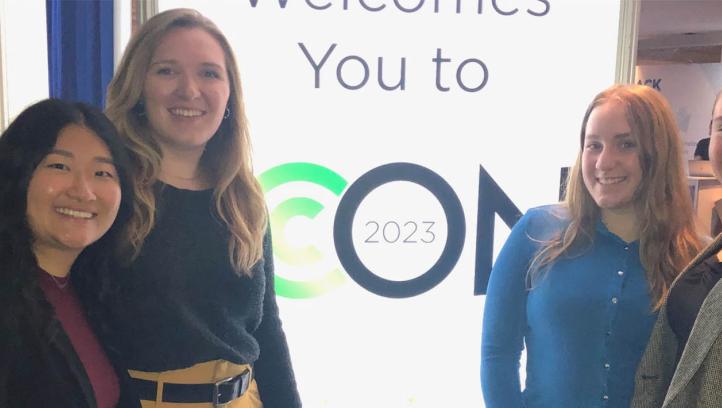
New business course guides student athletes through NIL issues
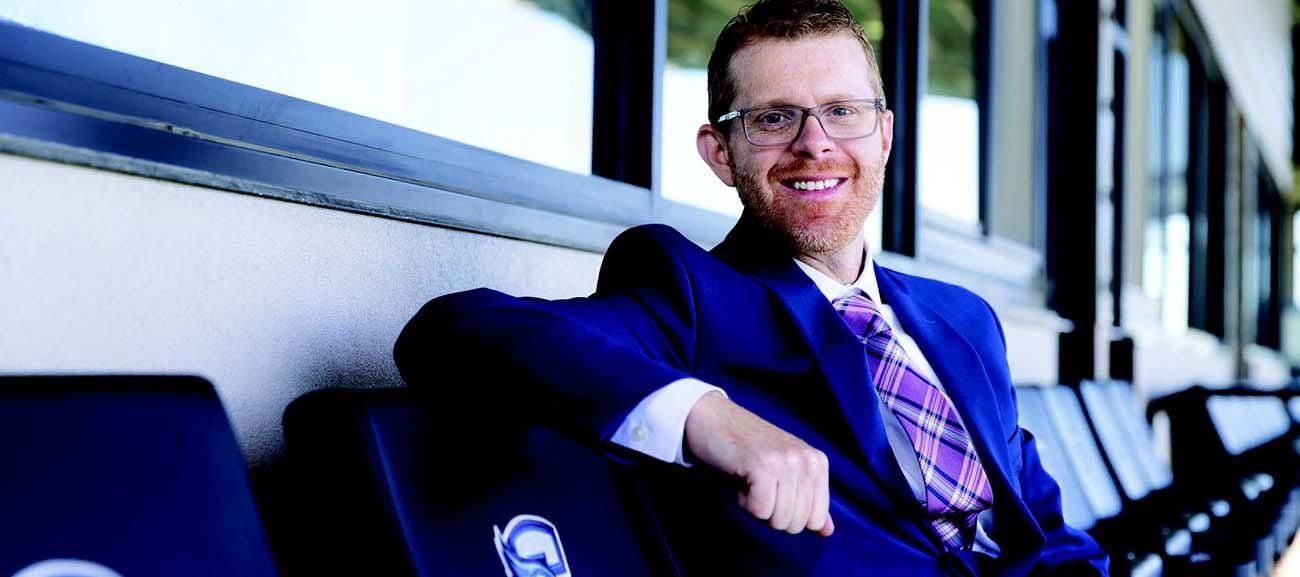
When the U.S. Supreme Court on June 21, 2021, made college sports potentially more lucrative for athletes but also much more complicated, a group of Creighton University professors saw the potential pitfalls and decided to provide some guidance.
David Weber, JD, professor of law at Creighton, joined with three faculty members in Creighton’s Heider College of Business to create a course aimed at helping first- and second-year student- athletes navigate the thorny new world of endorsement opportunities, brand development, NCAA rules, legal and taxation issues, and financial planning.
They call the four-module course: “Seminar in Business: NIL Issues for Student-Athletes.”
Weber teaches legal issues, while business faculty members Tim McMahon, PhD, Tim Bastian and Kenny Washer, DBA, teach personal branding, the basics of running a small business and financial planning, respectively.
The U.S. Supreme Court, on June 21, in National Collegiate Athletic Association v. Alston, unanimously upheld several lower court rulings that the NCAA violated antitrust laws by preventing its member universities from providing athletes with education-related benefits beyond traditional scholarships, grants and aid. It was not a particularly revolutionary ruling, says Weber, because it only blocked, on antitrust grounds, the NCAA’s cap on education-related benefits.
But, he says, the NCAA saw the writing on the wall. Looming out of the clearing fog was the enormous issue of whether college athletes could be paid for the commercial use of their names, images and likenesses. The NCAA’s efforts to block this had fared poorly in the lower courts for some 20 years and were unlikely to prevail should the issue eventually arrive before the highest court in the land.
So, the NCAA developed rules permitting but also governing the pursuit of NIL benefits.
The “Seminar in Business” course responds to that new world.
“The idea is that we are going to equip our student-athletes with the necessary knowledge and tools so that as they make money on these NIL deals, they do it the right way, and not in a way that could adversely affect their NIL opportunities in the future,” Weber says. “They can now earn money based on their name, image and likeness, but there are a lot of issues to consider.”
The course is designed to help student- athletes navigate a new landscape where they may be compensated for previously unpaid events like appearances and autograph signings, not to mention the new frontier of commercial endorsements.
“In the first module, we look at the new NCAA rule and guidance, Creighton University’s policies and guidelines on NIL, and then Nebraska law on NIL. We talk about what they can do, what they can’t do and then we also talk about how they can protect themselves going forward,” Weber says. Trademarks, branding and hiring an agent are all addressed.
In the past, hiring an agent would instantly destroy an athlete’s amateur status. That rigorous NCAA standard, Weber says, has “softened” so that student- athletes may now hire an agent to negotiate NIL deals, though still not professional sports contracts.
The developing field of NIL remains something of a minefield, Weber says, and needs careful navigating.
Take, for example, the NCAA’s concern that extravagant commercial payments to student-athletes, far beyond normal market rates, are a disguised form of pay-to-play.
“The NCAA wanted to say that NIL payments must bear some semblance to what the market is for that individual with, say, ‘X number’ of followers on social media,” Weber says. “This was the type of ‘guardrail’ it talked about. But the Justice Department sent the NCAA a letter saying it was very skeptical about this kind of constraint because, again, it is an artificial constraint on the market that violates antitrust laws.
“The market is the market, after all. The market is whatever somebody is willing to pay. That is where we are right now, in that gray area.”
The second module deals with the delicate task of building a personal brand.
“You look at some very famous athletes, and how their brands have been very carefully cultivated for decades,” Weber says. “Michael Jordan, for example. LeBron James. We’ve seen athletes who are very careful and intentional in what they do, but others where a personal scandal arises and suddenly the floor drops out from that brand.”
Module three addresses the basics of managing what is essentially a small business. Permits, licenses and the creation of legal entities are all matters foreign to most arriving students.
“Most 18- and 19-year-olds coming to Creighton don’t have the background or the savvy that you typically see in graduate students,” Weber says. “Now they can get some sense at the outset of steps they can take that will protect their NIL rights.”
Last, and by no means least, the course addresses financial planning.
A student lands an NIL deal. Great. But taxes on that income will be due next April 15. How do you prepare for that? What about funding an investment account like an IRA?
“If you can start funding those at this early stage in life you will add years of compound interest,” Weber says. “So, instead of starting at 25 they can start at 18 or 19, and now they have almost one full doubling cycle more when their wealth will have an opportunity to grow without even having to do anything.
“We are trying to give some financial tools to these student-athletes so that when they do get an NIL deal, they are doing everything necessary to put themselves on the best financial and legal footing going forward.”
Though the course is currently available only to student-athletes, Weber says he hopes it will eventually be made available to the whole student body.
“I think a lot of students would be interested in this,” he says. “Even if they are not student-athletes, I think there is a high amount of interest about, well, what is NIL? We hear about it on the news, but we don’t really know. We hear about this Supreme Court decision, but we don’t really understand it.
“So, I think this could be a foundation for a very successful course widely available to other students.”

